35 facts about France
France is associated with Parisian romance, palaces and Provence lavender fields. But this is not all that this magnificent country can surprise you with. Here are 35 facts about France that will definitely interest you:
1. France is the most popular tourist destination in the world. The country receives about 89 million tourists annually, followed by Spain with about 82 million, and the third by the United States with 78 million.
2. The Tour de France has been running for over 100 years. It was first held in 1903 and has been held annually since then, with the exception of the periods of the two world wars. In 2020, the race was postponed due to the coronavirus pandemic - but still it took place!
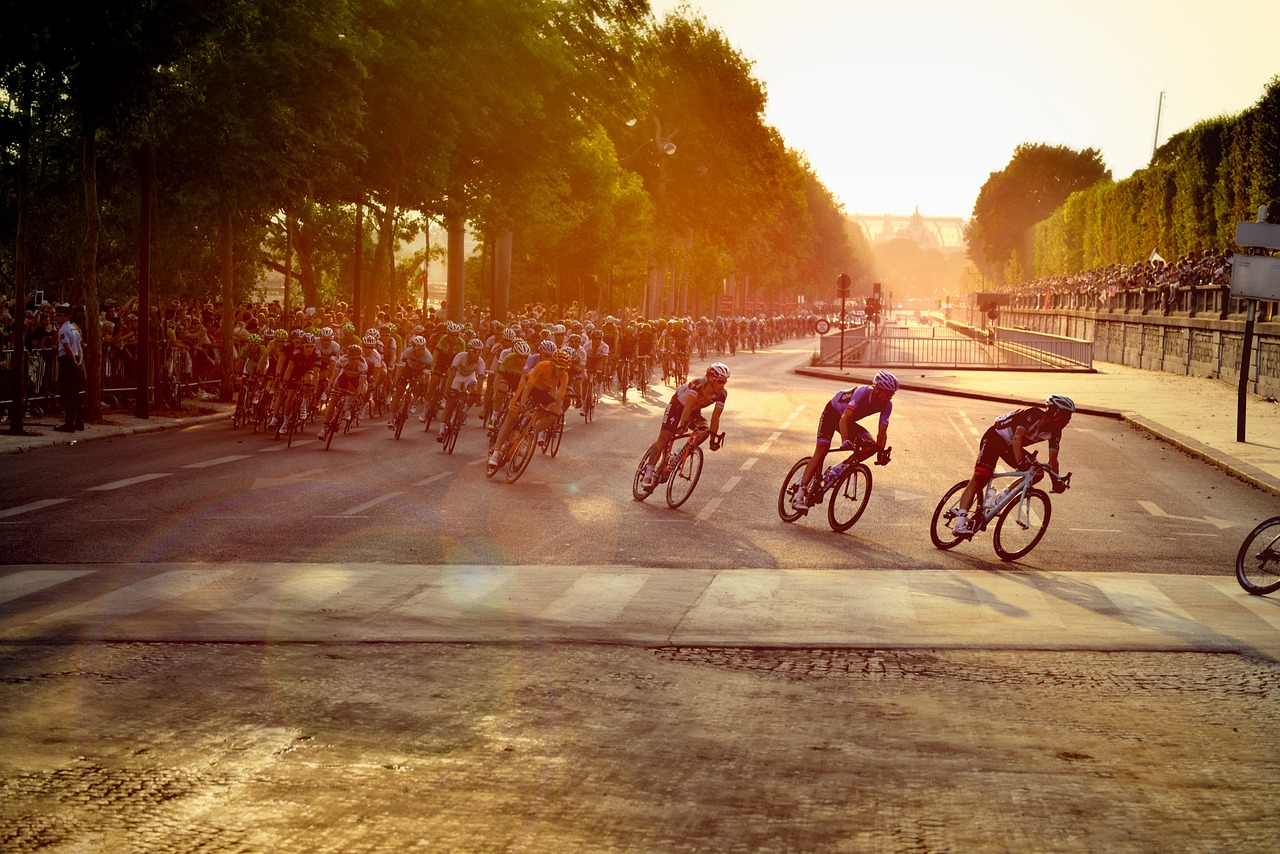
3. If it weren't for the French inventor, there wouldn't be everyone's favorite selfies. The camera phone was invented in 1997 by an enterprising Parisian named Philippe Kahn. The first photo he took was a photo of his newborn daughter Sophie.
4. Louvre Museum in Paris - the most visited art museum in the world. In 2019, it was visited by a record 10.2 million people.
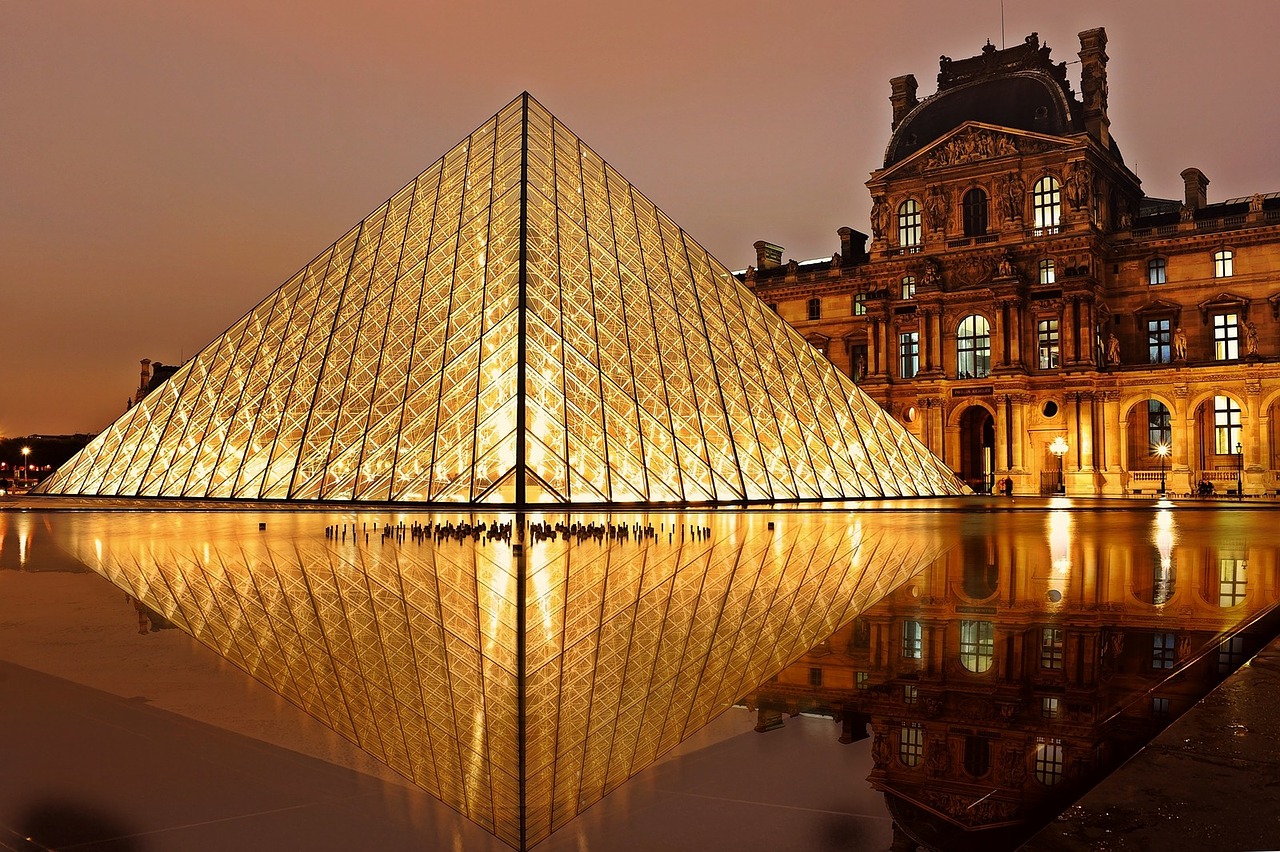
5. France is the largest country in the EU. Its area is 547,000 square kilometers. And if you compare France with all other European countries, then it will be in third place after Ukraine and Russia.
6. Flip a baguette in France is a bad omen. There are several stories about the origins of this French superstition, but most likely it goes back to the Middle Ages. Legend has it that when the execution was scheduled in the city, the executioner did not have time to drop into the bakery before work. Therefore, the baker reserved him a loaf, turning the bread. associated with death and misfortune, and this superstition continues to live on to this day.
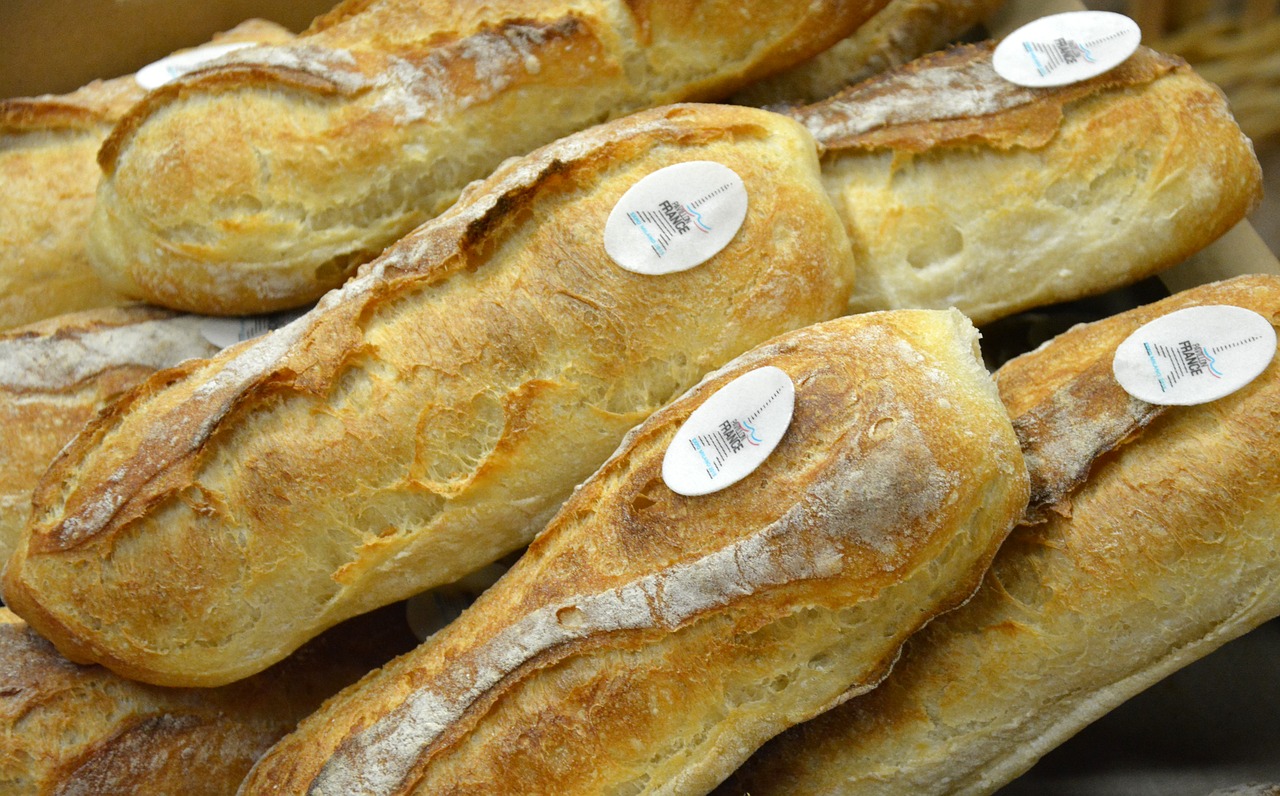
7. Throwing away food is prohibited by law in France. Since 2016, any unsold but edible food should be given away and not thrown away, otherwise you may face law enforcement officers.
8. The average French citizen eats 500 snails annually (which is about 25,000 tons of snails a year in total!). Snails are a popular French delicacy traditionally served as a snack along with garlic oil.
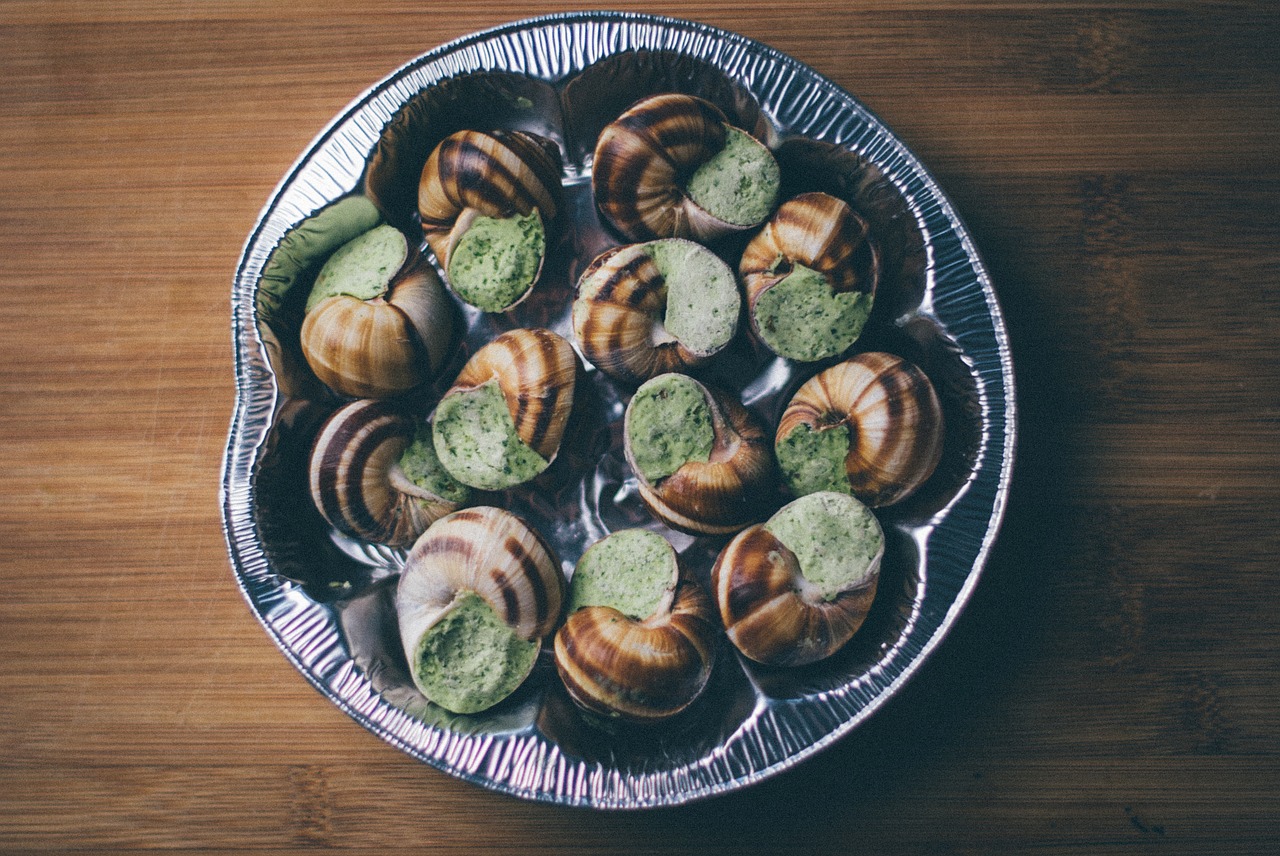
9. French was once the official language in England - after the Norman conquest from 1066 to 1362 (which is about three hundred years). Although the English language regained its position in the 14th century, many words and phrases of French origin have survived in it.
10. Kilts appeared in France, not in Scotland. Although synonymous with Scotland, this garment was worn in various countries around the world, including early France. Most kilts were below the knee, and plaid outfits as we know them today appeared in Gaelic lands in the first quarter of the 18th century.
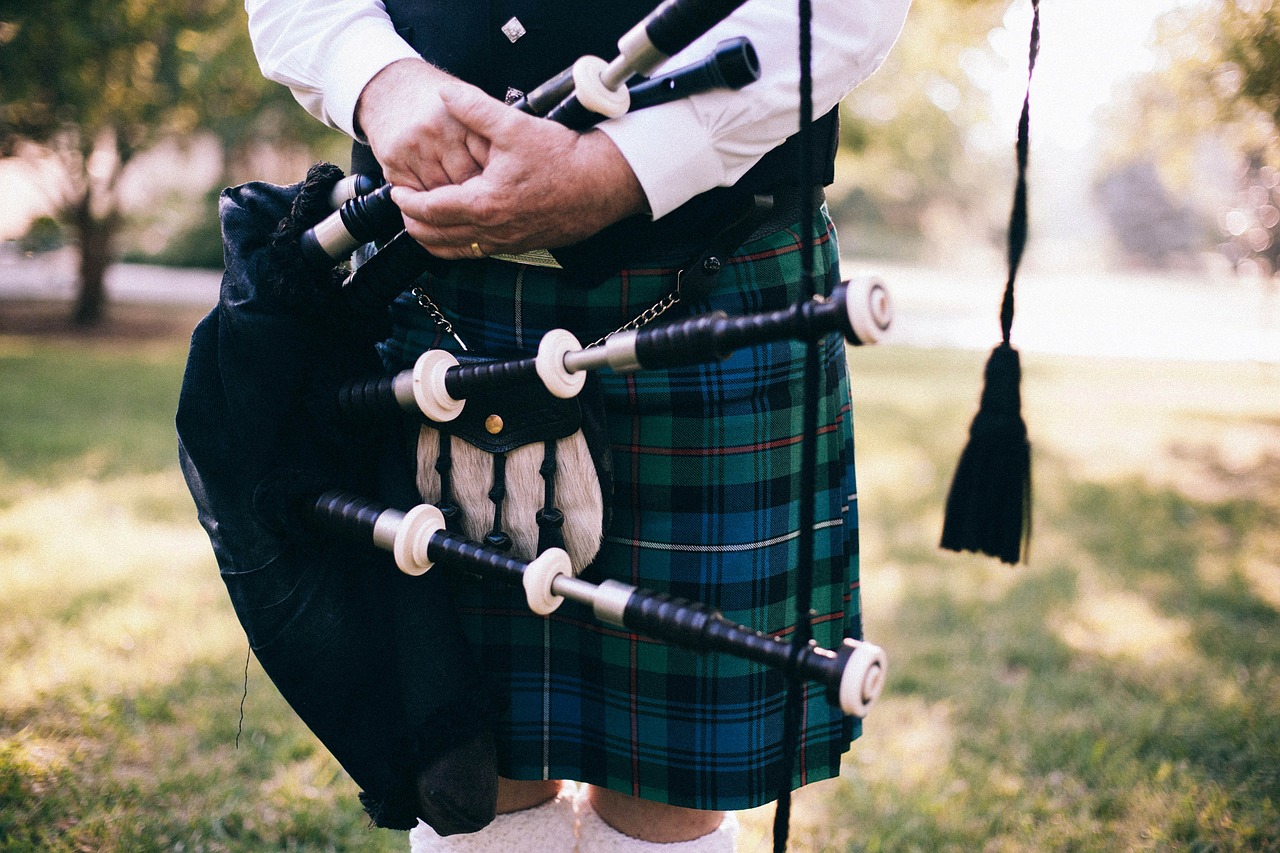
11. There was a 20 minute king in France. Louis XIX was the king of France for only 20 minutes - after his father abdicated the throne. Ironically, Louis XIX also abdicated the throne - about 20 minutes after his father appointed him heir.
12. Did you know that it was the French army who invented camouflage? This happened during the First World War in 1915. The French hired artists who drew lines to distract the view from military installations. About a year after the French announced they were using camouflage, other states began to do the same, with each country developing a different camouflage style.
13. In all Catholic churches in France there is an image of a rooster. The thing is that the Gallic rooster is a symbol of Christianity, as well as national French pride.
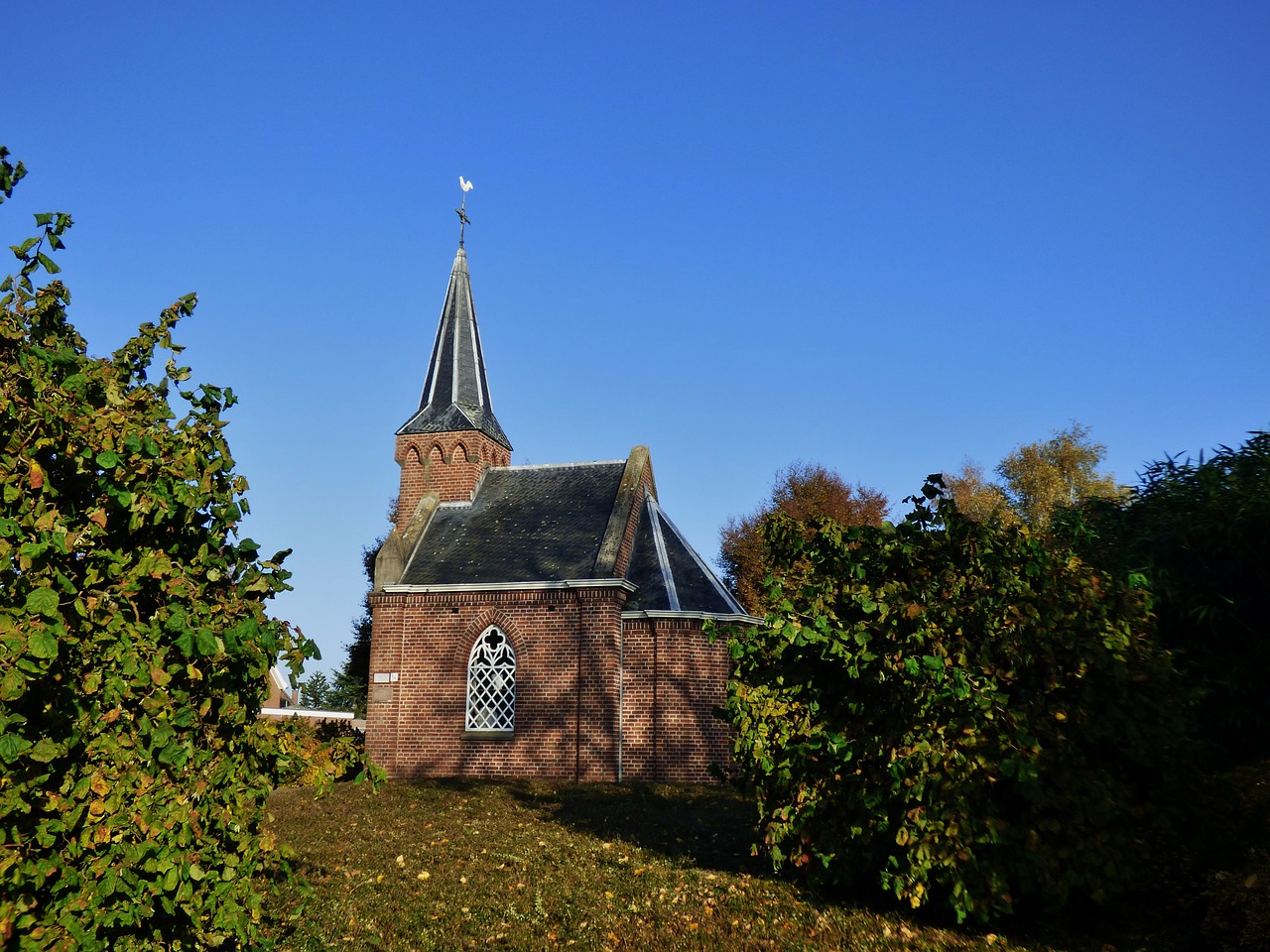
14. French was not an official language in France until 1539. Previously, official documents were written in medieval Latin - the language of the Roman Catholic Church, and the regions of France spoke different languages.
15. There are about 75 regional languages in France. Some of them are taught in schools to preserve them: for example, Occitan, Breton, Basque, Corsican, Alsatian, or certain Melanesian languages such as Tahitian.
16. More than 400 types of cheese are produced in France. The French are the largest cheese consumers on the planet, with nearly half of the country's population eating it daily.
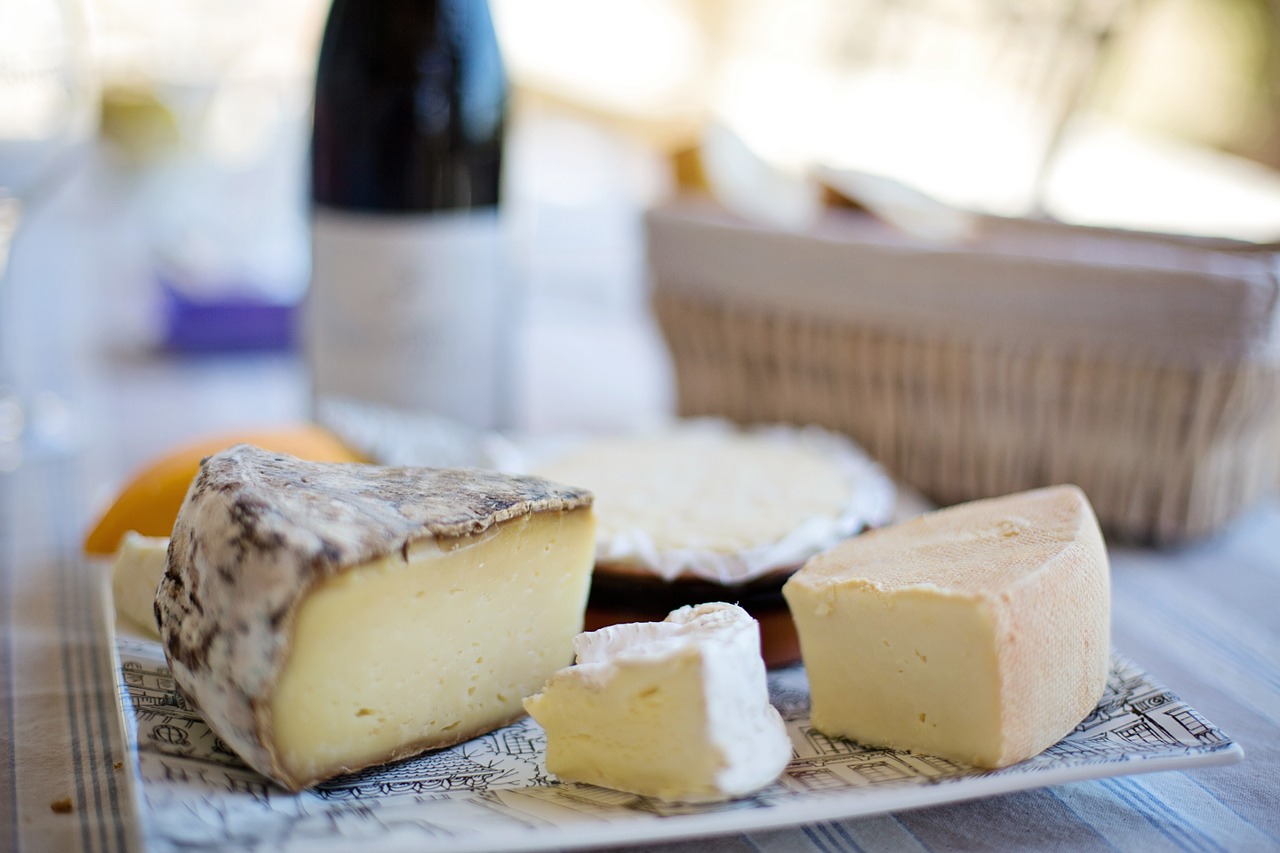
17. Rochefourche in southeastern France is a small commune in the Drome department in the Auvergne-Rhône-Alpes region, which has become known as the least populated village in all of France. A quick stroll through this tiny 12.74 km2 village is like traveling back in time. There is an old church, a broken telephone and castle ruins. And all this for one person who is listed as the only inhabitant of Rochefursh!
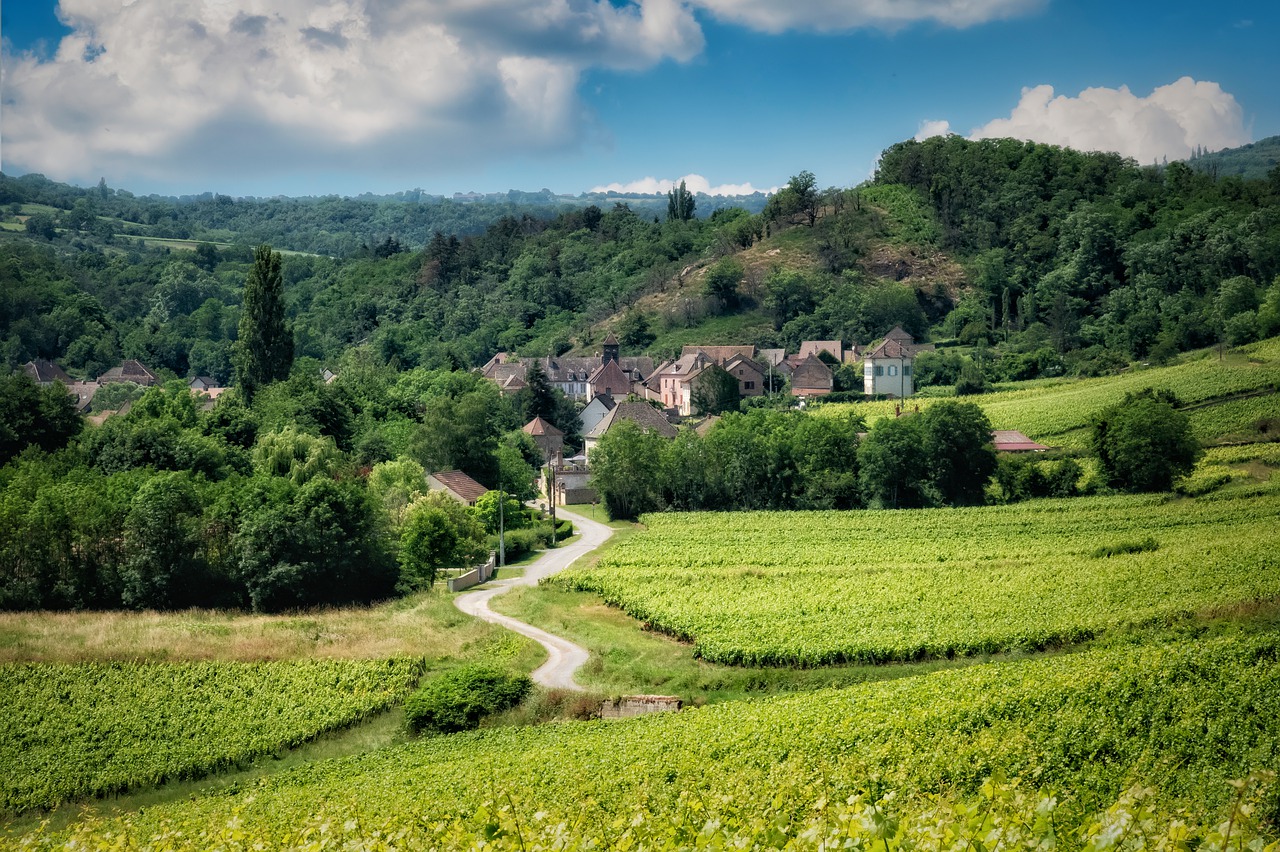
18. But that's nothing: not far from Verdun in six French cities there are mayors, but no residents at all. These villages were destroyed during the First World War, and the mayors are responsible for preserving the memory of the people who died for France.
19. It is estimated that over 11,000 castles have been erected in France. But the word "castle" in French has a much broader meaning. They can be anything from a huge medieval fortress to large country houses adorning many wineries, making it difficult to determine the exact number of castles in France (in the classical sense of the word).
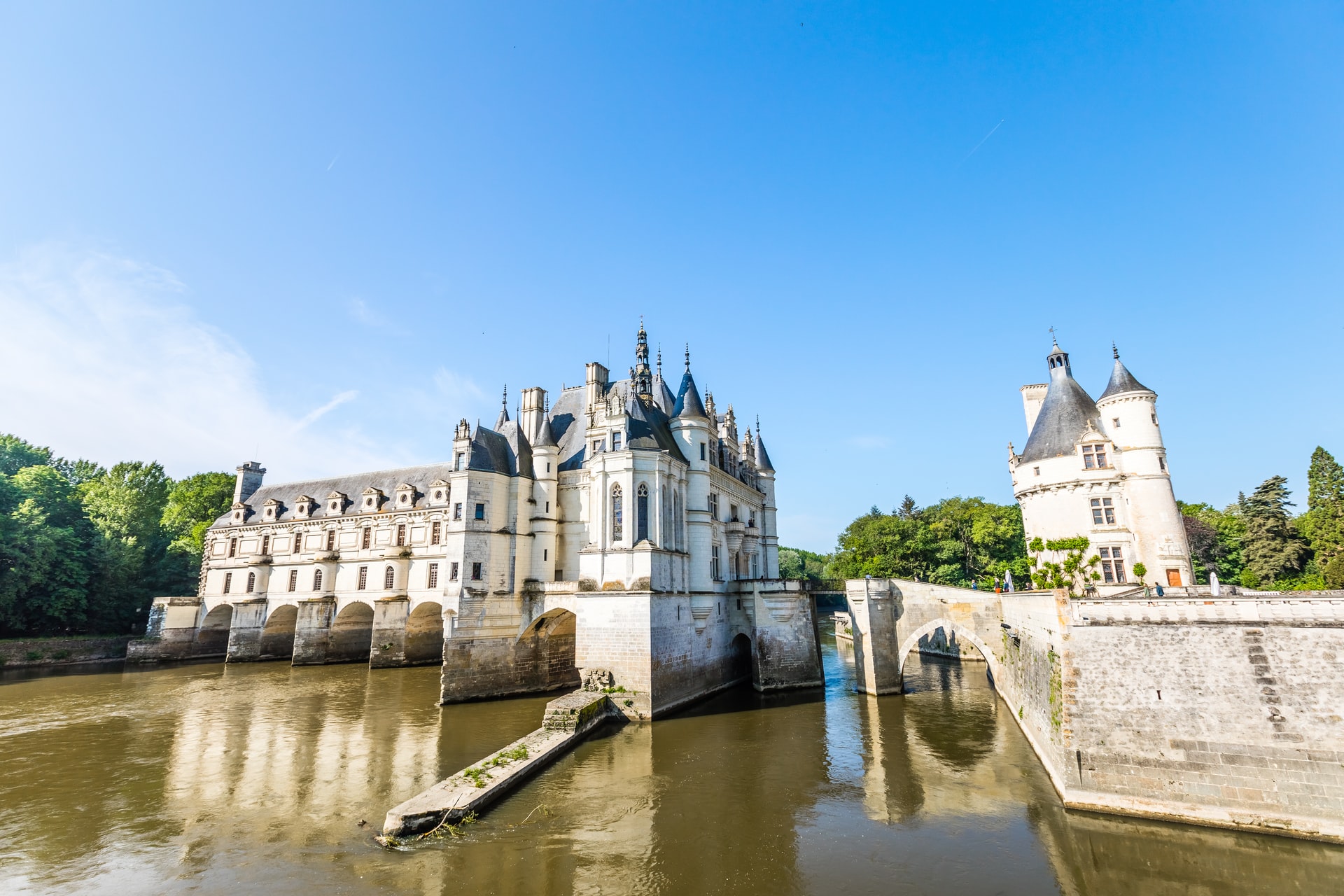
20. In French there are two longest words, consisting of 27 and 25 letters: intergouvernementalisations - intergovernmental relations and anticonstitutionnellement - unconstitutional.
21. France holds the world record for the number of roundabouts. It is estimated that there are about 30,000 of them in the country, but no one knows for sure. In any case, this is more than in any other country in the world.
22. More than 400 types of cheese are produced in France. That's why Benoit Bruel of Déliss' Pizza in Lyon found it easy to set a Guinness World Record. Using mainly French products, he made the most "cheesy" pizza, adding 257 different types of cheese to it. This pizza with a diameter of 30 cm weighed about 1 kg and cost about 50 euros.
23. It will take you over 200 days to view all the works of art in the Louvre. In addition to the Mona Lisa, more than 380,000 art objects can be seen in the Louvre, of which 66% were created by French artists. It is estimated that watching all of these pieces will take about 200 days if you only linger for 30 seconds around each of them.
24. It is legal to drive a car in France only after the age of 18, but there are cars that can be driven without a license from the age of 14. Voitures sans permis (cars without permits) are small two-seater cars that can be driven by anyone from the age of 14 without a license. These cars don't drive very fast, with a top speed of 45 km per hour, and many teenagers drive them because their parents consider it a safer alternative to a moped.
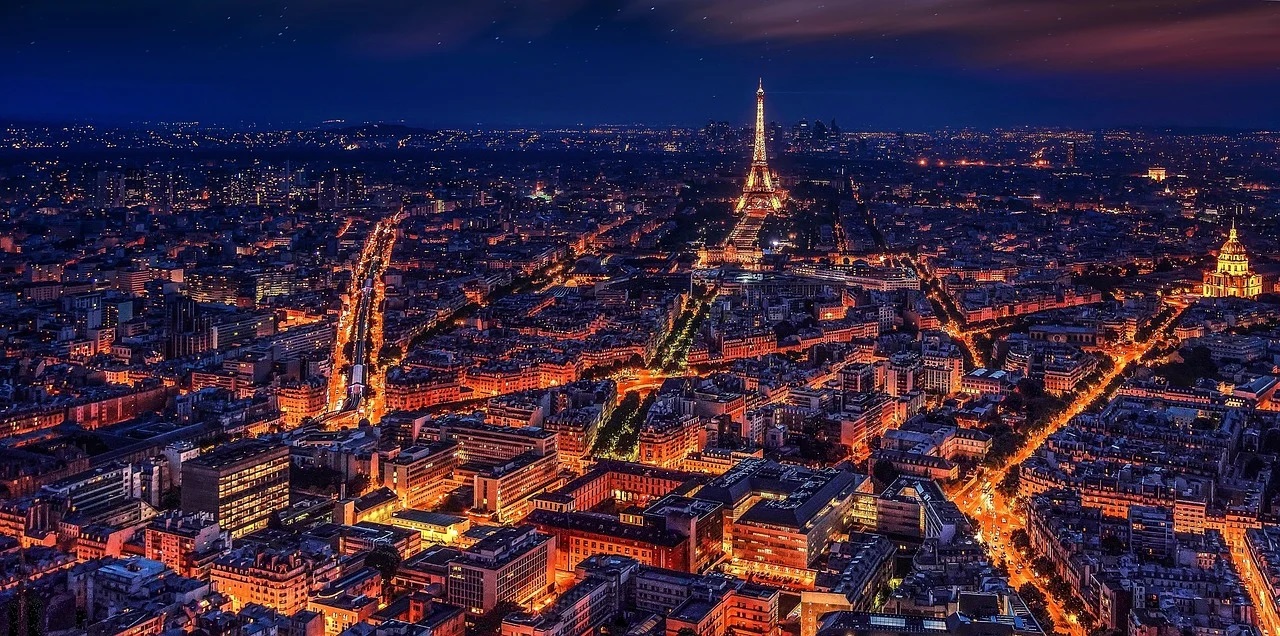
25. In France, right-hand traffic for cars and left-hand traffic for trains. The thing is that the railways were built using British experience and equipment. Instead of changing everything, the French kept the "non-standard" English system. Alsace-Moselle is an exception, because at the time of the development of railways, this region was German.
26. The Statue of Liberty was created and built in France. Frederic Auguste Bartholdy was a French sculptor from Colmar in Alsace and created large-scale sculptures. Bartholdi asked Alexander-Gustave Eiffel, the designer of the Eiffel Tower in Paris, to create the frame and internal structure from an iron pylon and steel. The Lady Liberty took nine years to build (1875-1884). It was built in Paris, then disassembled into 350 pieces and shipped to the United States in 1885.
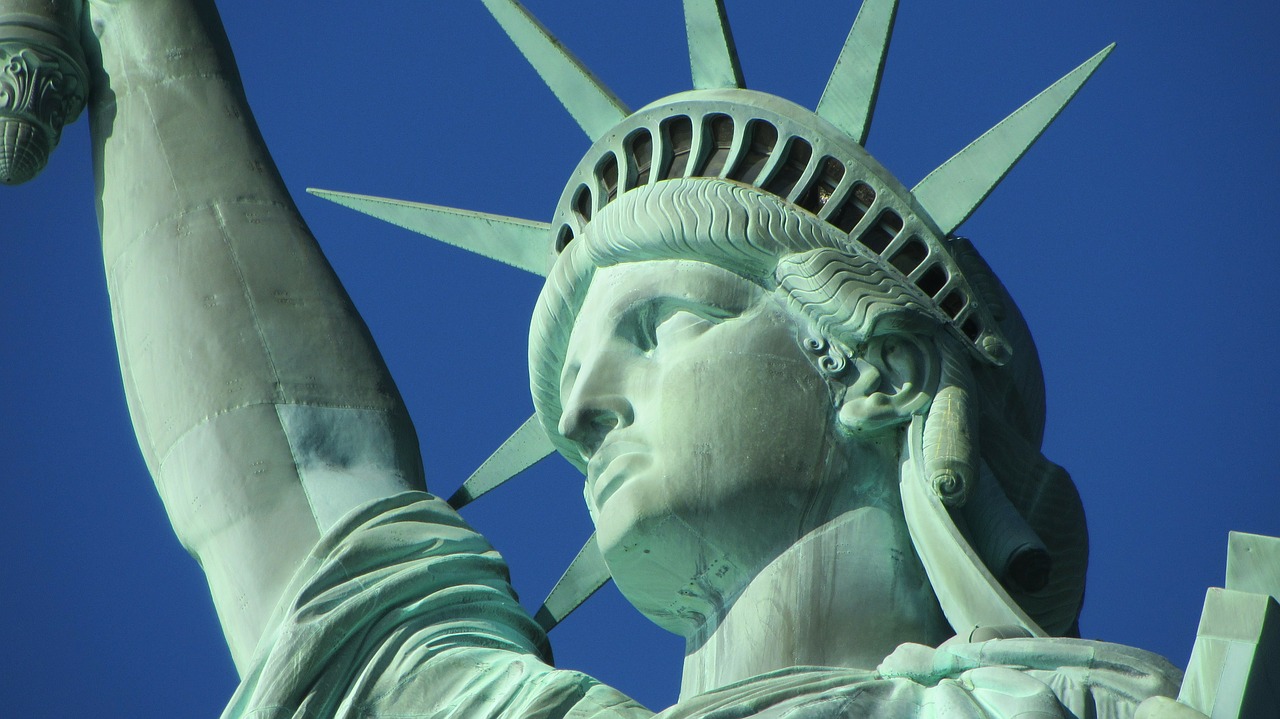
27. A Chinese American designed the Louvre's glass pyramid, and the French hated it! The glass and metal pyramid in front of the Louvre is a relatively new building commissioned by François Mitterrand in 1989 as part of the modernization and redevelopment of the Louvre. It is known that the French do not like architectural changes (the same was the case with the Eiffel Tower) .In the PBS documentary, the architect I.M. Pei said that 90% of the French were against when he unveiled his glass pyramid project, and even publicly ridiculed him.

28. In France, it is forbidden to wear veils that completely cover the face. On April 11, 2011, France became the second European country after Belgium to ban veils such as the burqa and niqab, which completely cover the face except for the eyes.
29. The French army is the only one in Europe that still uses carrier pigeons as a means of long distance communication. They were originally used by French soldiers during the First and Second World Wars to send messages in situations where all other means of communication were turned off. French carrier pigeons are kept near Paris, at Mont Valerien, in case of a major disaster.
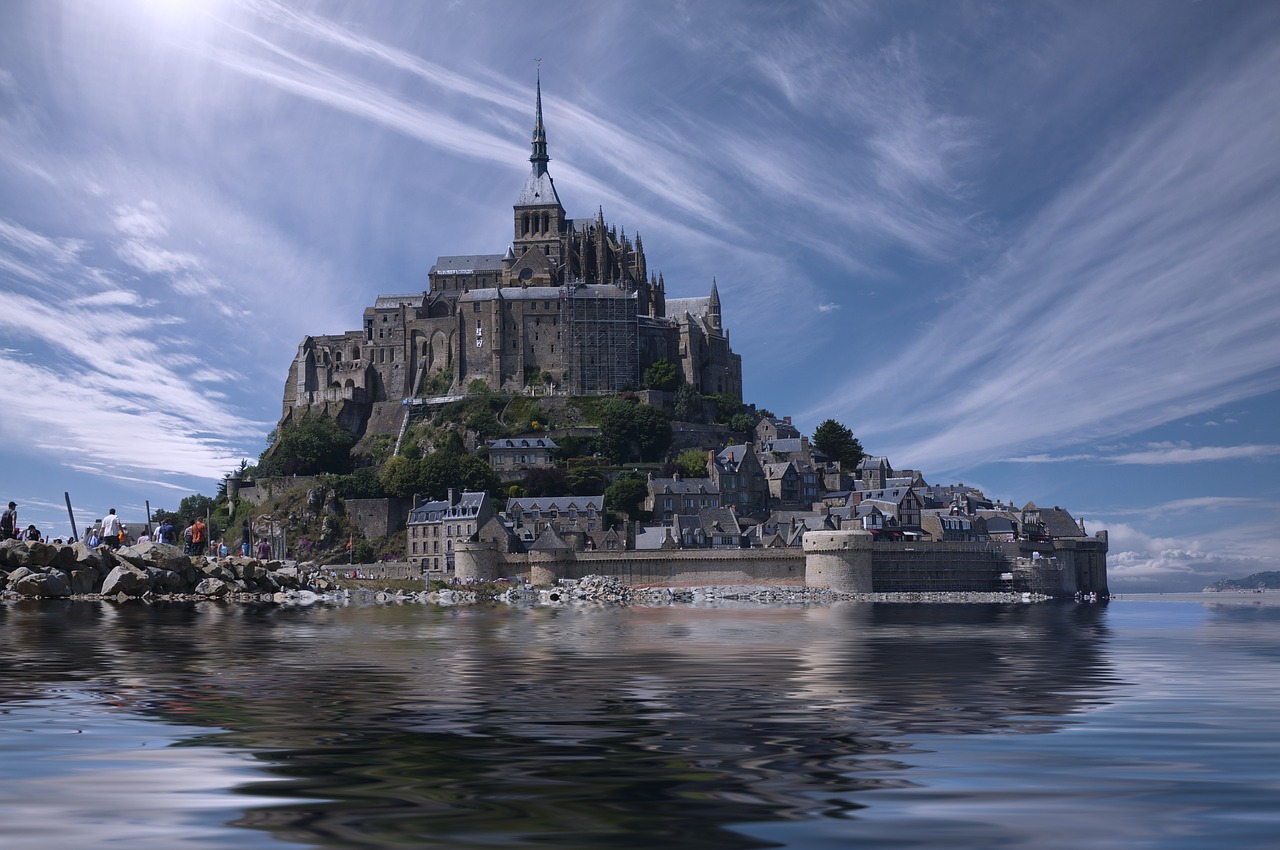
30. In the period from 1814 to 1830. The official flag of the Kingdom of France was a simple white linen with no other colors, symbols or borders.
31. For 214 years in Paris, women were banned from wearing trousers, and this law was only repealed in 2012.
32. Croissant was actually invented in Austria. Kipferl - the ancestor of the croissant, which appeared in the coffee houses of Vienna in the XII century, was an original sweet in the shape of a crescent. Made from a denser and less flaky dough, Kipferl later crossed the border into France and became famous croissant.
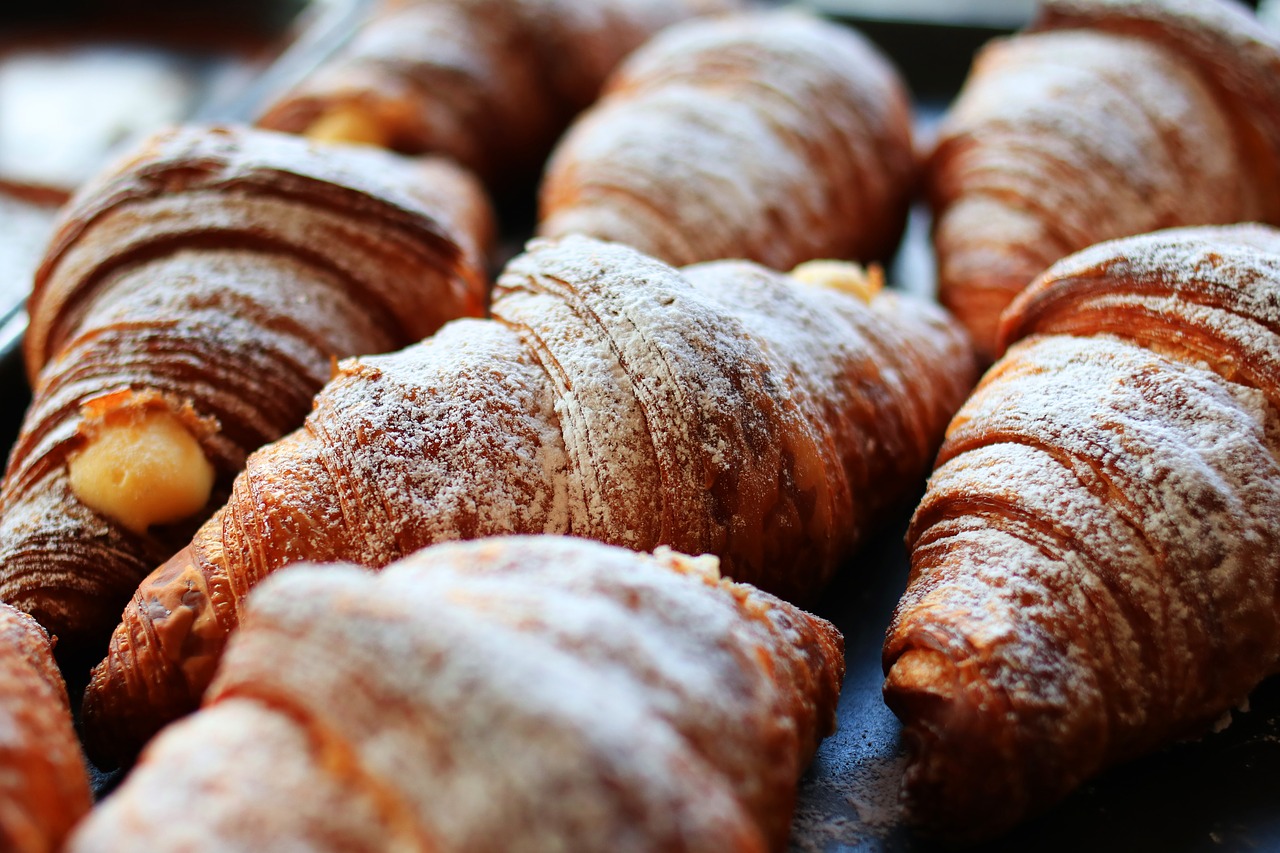
33. According to the Guinness Book of Records, the oldest person in the world was a French woman who lived 122 years and 164 days.
34. Despite the incredible traffic congestion, there is not a single stop sign in all of Paris. There are signs "No left turn" and "Do not enter", but there are no red octagonal stop signs.
35. Politeness is prized in France. There is even a coffee shop, which increases the cost of drinks for people who do not say "hello" and "please".
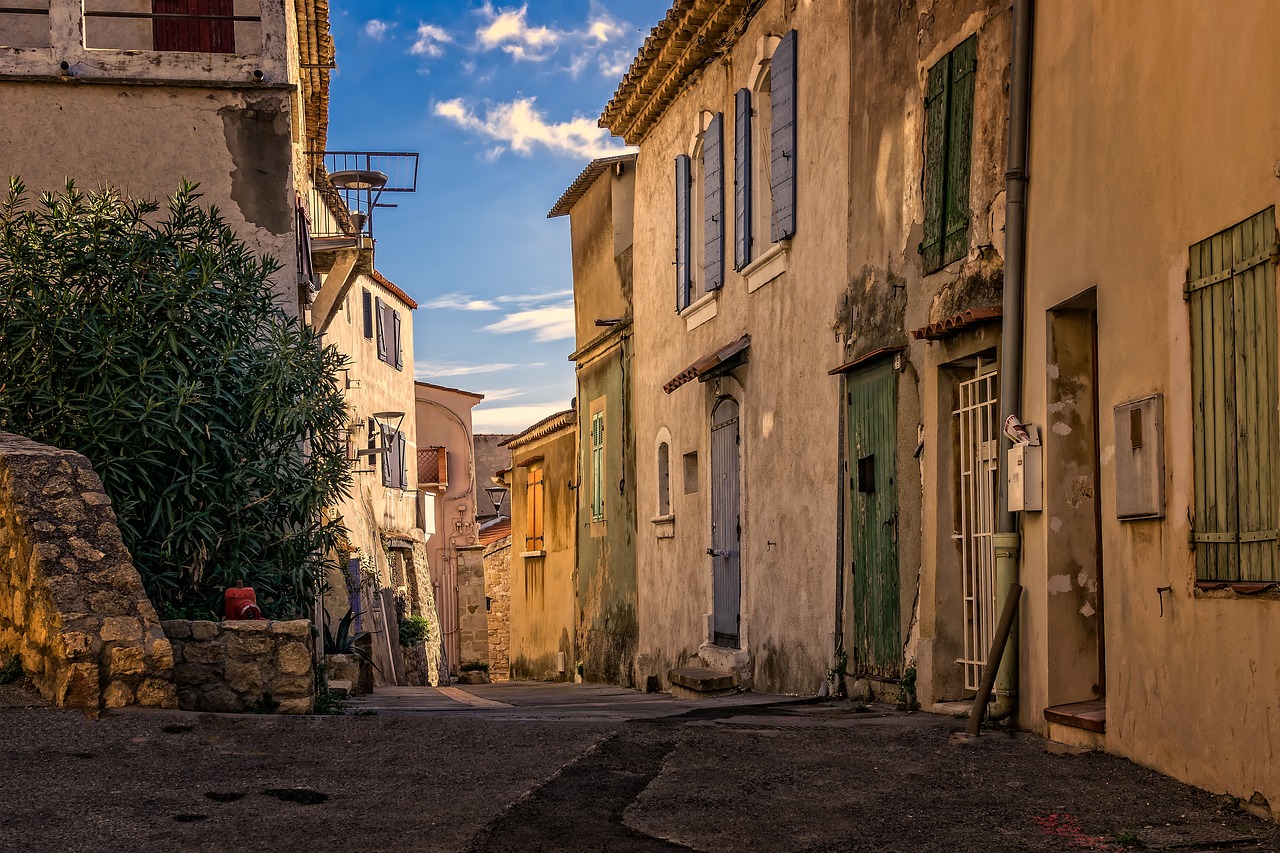
36. The French created the metric system of measures and weights in 1793.
37. Once in France, potatoes were illegal. Between 1748 and 1772, the French believed that potatoes caused leprosy.
38. Ironically, the oldest bridge in Paris is called "Pont Neuf", which means "new bridge".
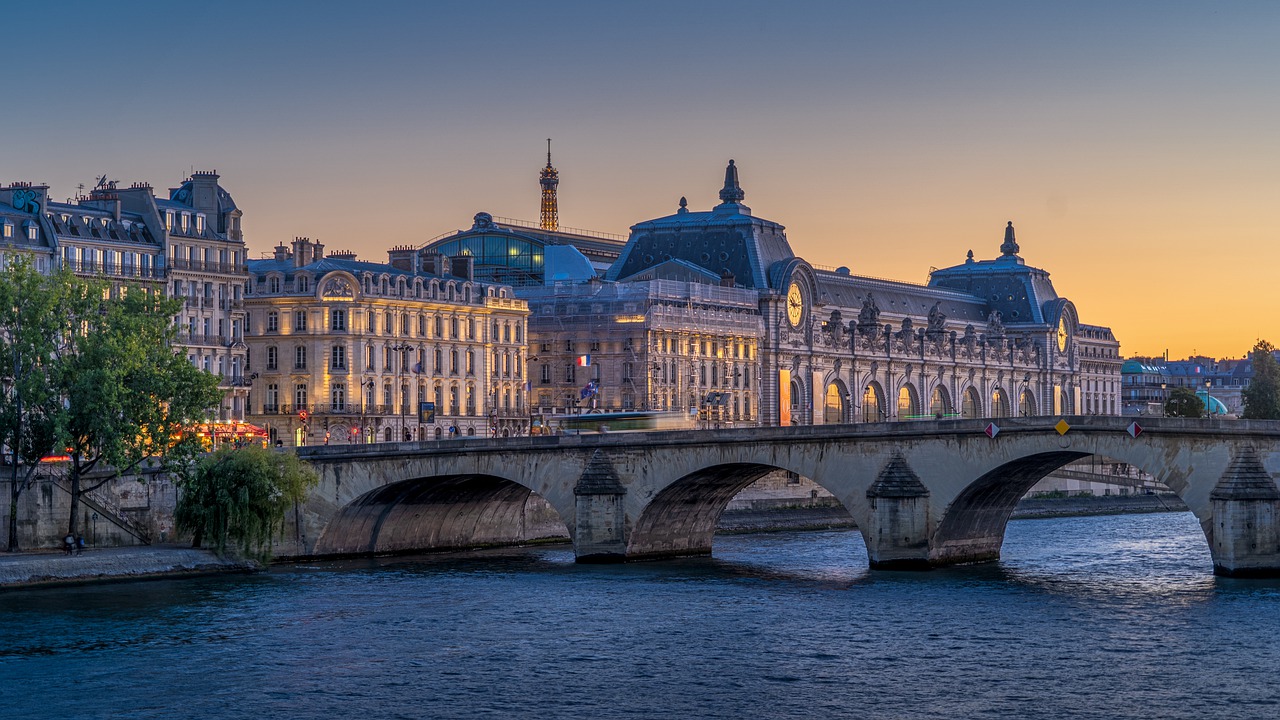
39. The busiest train station in Europe and one of the oldest in the world is Paris Gare du Nord. 190 million passengers visit this station annually.
40. When you hear the word "Salut" in France, it can mean both "hello" and "goodbye", depending on the circumstances.
Children's tours to France can be booked directly on our platform. Have a good trip!
